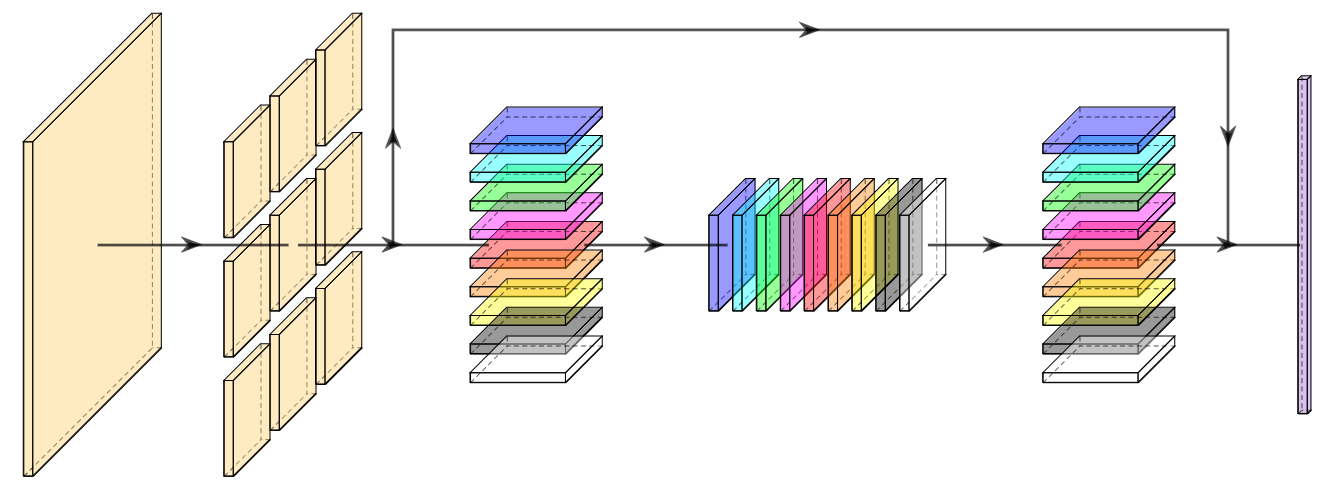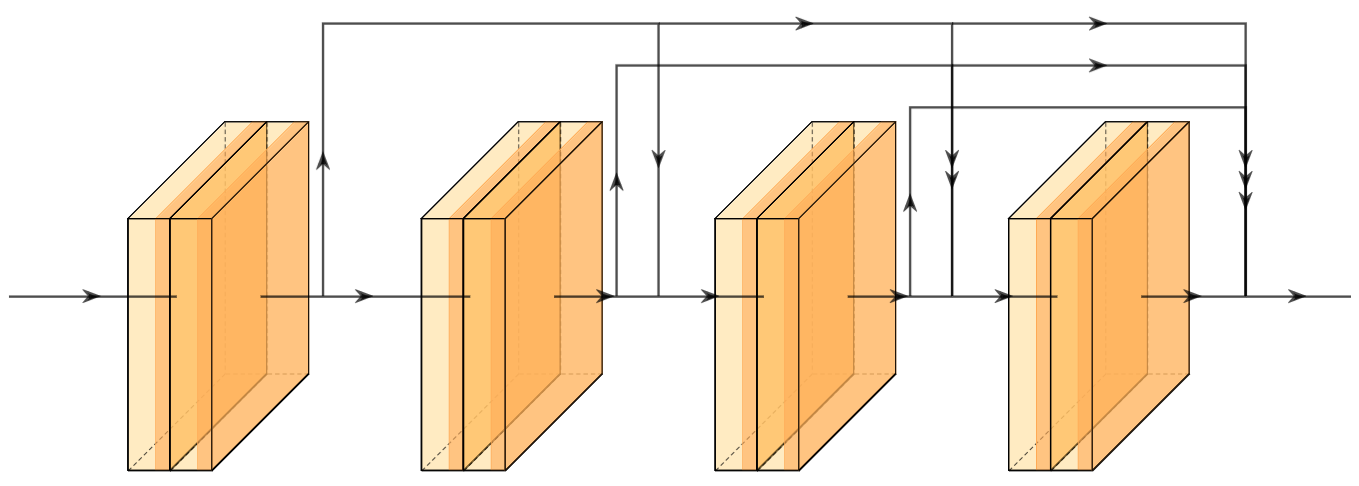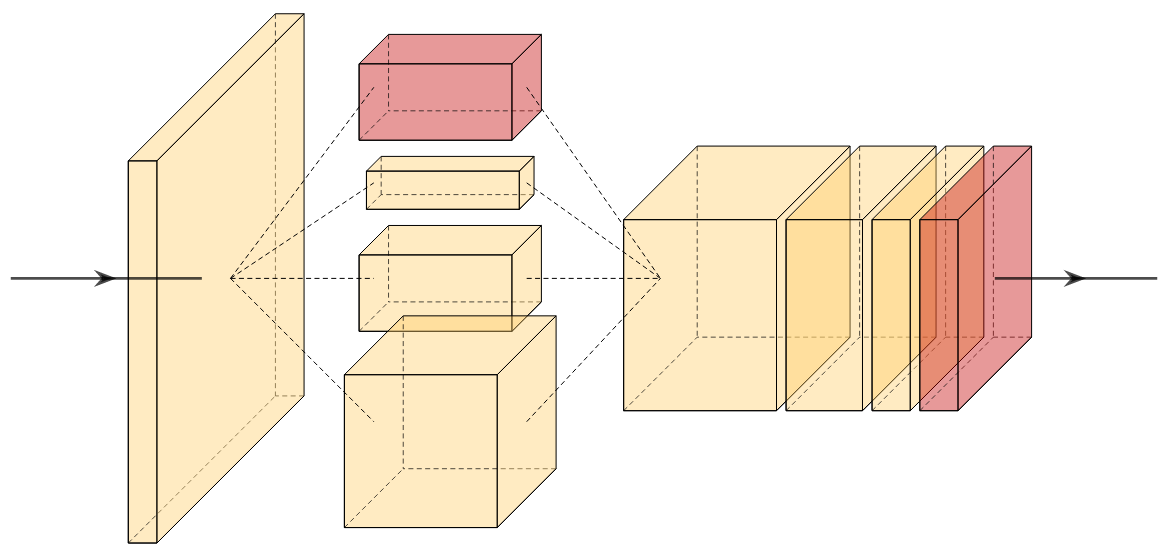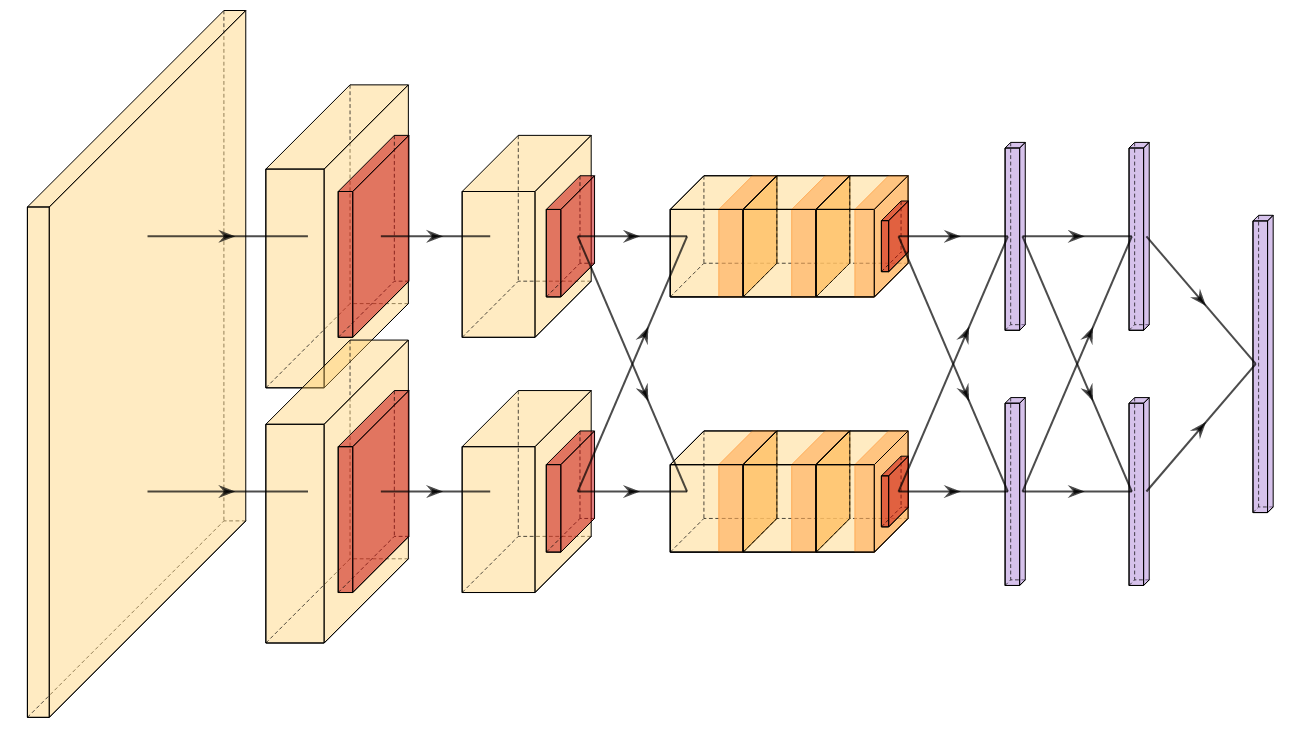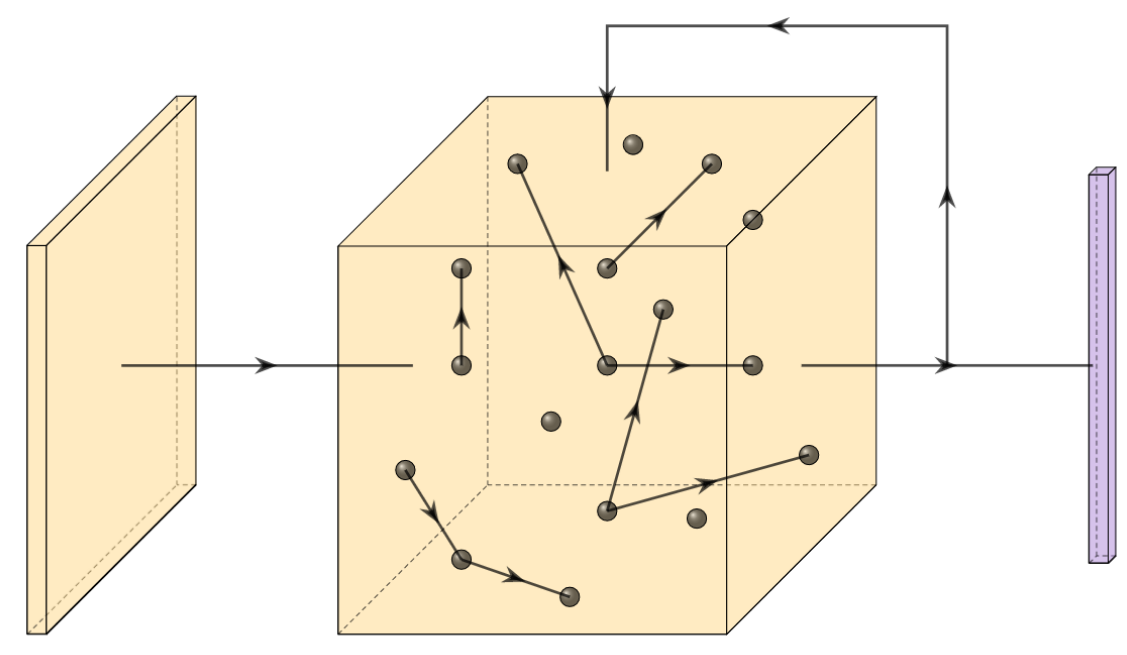2021
MLP Mixer
A new take on vision architectures that eschew convolution and attention for only fully connected layers. MLP mixer applies spatial embeddings to the input image and then applies permutation-invariant operations through channel and token mixing layers.
